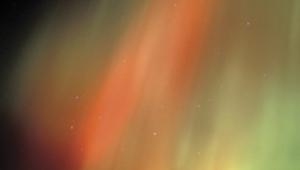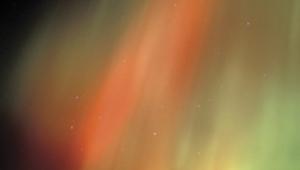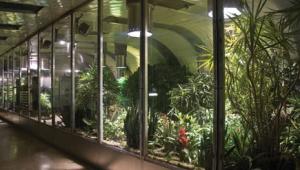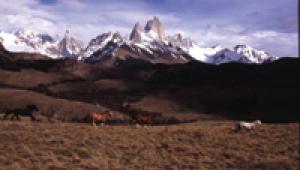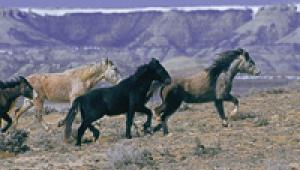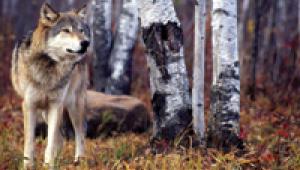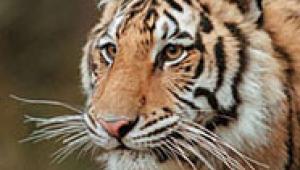Wow I would love for some day to go to africa it has been a life long dream of mine! Its amazing the moments you were able to catch! Great job!
A Love For The Jungle; The Nature Photography Of John Isaac Page 2
“We begin to look for the pug marks (footprints). Tigers have soft paws and like to walk on the soft, well-traveled parts of the road. The experts are looking at these and can tell us how many hours ago the tiger has passed and often, depending on how fresh the marks are, which way he was going. This is one reason we work with a naturalist who is hearing sounds we may not hear. These are sounds from animals, such as the chital and peacock that are the tiger’s main feed, that are a stress call. From this we can often determine where the tigers are.”
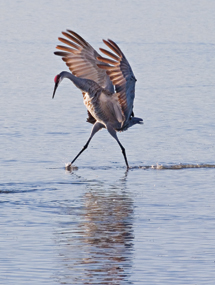 |
Though today his search is for tiger shots, Isaac will often have his driver stop so he may photograph a bird or a landscape nearby. “For me it’s the journey that counts and if I see a beautiful peacock I will stop and photograph. I won’t rush because I may never see that animal in that particular light again.
 |
“To photograph wildlife,” he says, “you can’t be in a hurry and you need a good camera.” His choice is the Olympus E-3, which he says is one of the fastest focusing cameras today. “Some cameras offer more megapixels but to me the size is only important in what it can produce, whether that is illustrations for a magazine or to make a poster. Ten megapixels is usually more than what I need. I did my whole Kashmir book with a 5-megapixel camera. What is important is to know what you’re doing with your camera.”
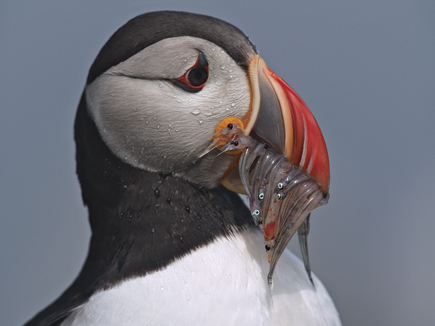 |
Patience is the word when it comes to photographing animals; you never know what you will see. You could be in a tiger sanctuary for 10 days and never see a tiger. Isaac admits, “Sometimes I miss a tiger shot but it’s okay. I don’t always get a good view so I stop instead for a coyote or a jackal. All of nature is important. I have my driver stop even if I plan to return to the scene. Often the time is different or the mist has lifted.
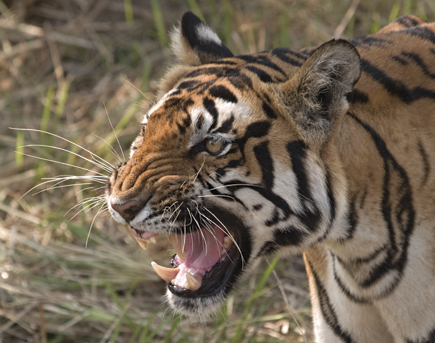 |
“Recently, while waiting for a tiger to appear, I came upon a rare sight, a jungle cat that is twice the size of a domestic cat. Not too many people are fortunate and get these rare and exotic images. Have patience. You can’t be in a hurry photographing wildlife.
“I am not so much a learned person, but rather am very instinctive and know when to shoot, whether I am in India or in Katmai, Alaska.” Last winter Isaac photographed the coyote and bison in Yellowstone. The temperature was 35? below zero.
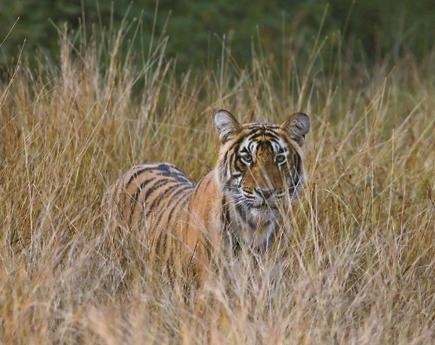 |
For the wildlife adventurer, it is clear—you have to love it!
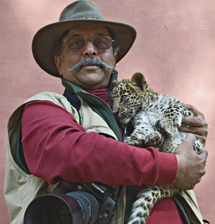 |
To see more of John Isaac’s work, visit his website at: www.johnisaac.com.
- Log in or register to post comments

i am big fan of photography and i am also a huge follower of photography and love sms messages greetings wild photography of animal is very adventurous thing to do and i love that kind of adventurous stuff cute love quotes facebook

Skip epoch is an ode to fertility that offers a magnificent pane for flora lovers to engage in unaffected cinematography. The fantastic category of flourishing trees during this season is the great motivation for photographers to get inspired and relate the photography tips they have academic in the past. ,Pakar SEO,jasa seo


